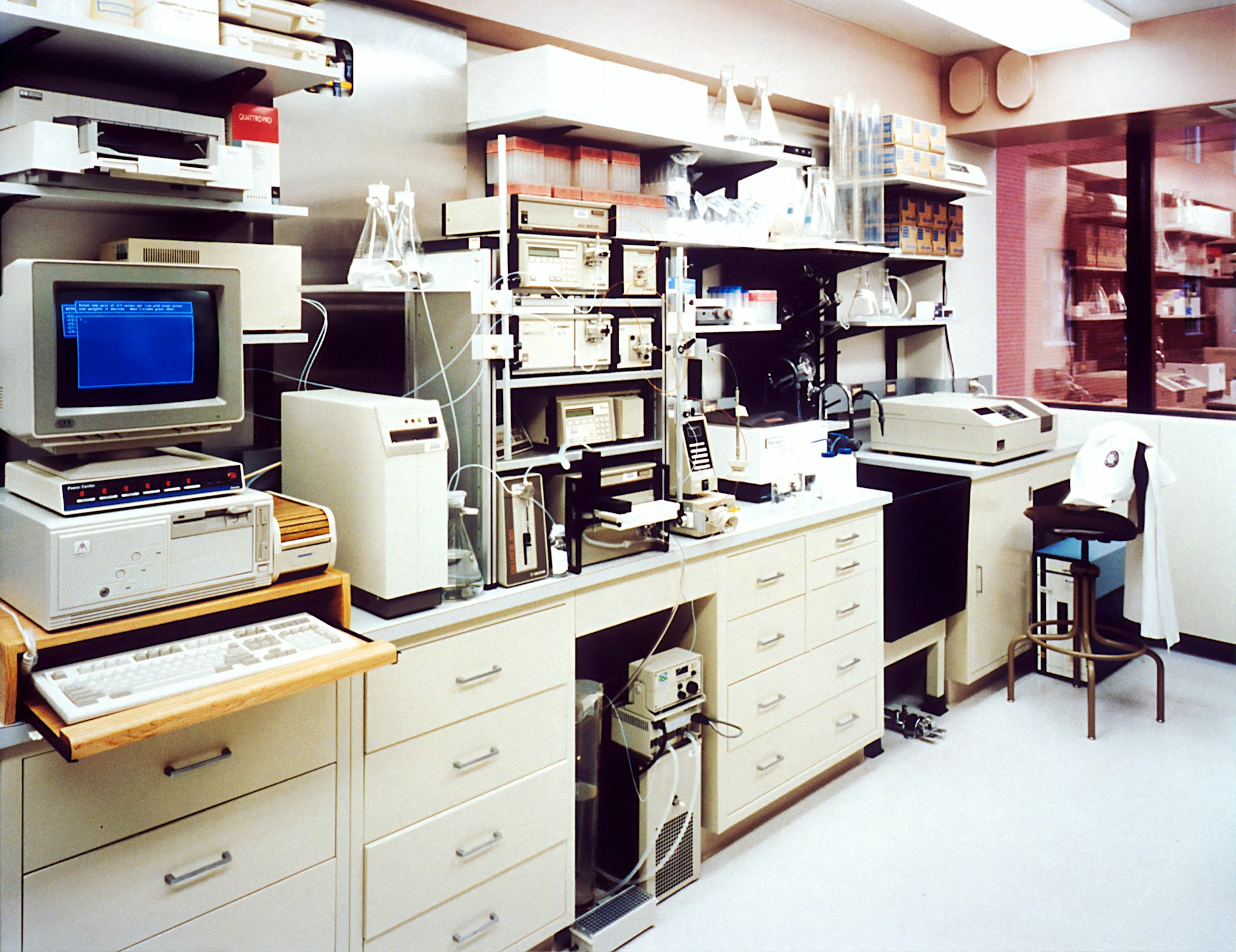Introduction: The Growing Capacity Challenges Facing Hospitals
Today’s hospitals face massive capacity and resource constraints from surging patient intakes and staffing shortfalls that lead to department bottlenecks that touch every department. Long patient waits times, Lack of timely resources and bed unavailability are just some of the problems that health systems face. All these factors impact healthcare costs which have cascading effects on patient outcomes, and satisfaction levels. However, after decades of reliance on manual counts, visualization boards, and simple spreadsheet-based projections, hospitals have lacked access to accurate real-time data and insights needed to shift towards actionable data-driven capacity forecasting and planning to address these systemic challenges, Hospital Real-Time Location Systems (RTLS) could be the answer.
How Hospital RTLS Enables Robust Utilization Analytics
The advent of enterprise-grade real-time location systems (RTLS) in hospitals has been a breakthrough in providing administrators with continuous visibility into granular department usage and patient flow trends. By leveraging small wireless tags, sensors and badges worn by patients/staff and integrated with an indoor positioning network system, hospital RTLS solutions can accurately locate the real-time occupancy across departments, length of stay in specific areas, utilization of transport services, and frequency of room/bed turnover. This generates incredibly valuable sequential datasets reflecting precise departmental usage rather than point-in-time census snapshots. Over longer periods, rich insights can be obtained regarding utilization patterns by day-of-week, admission cycles, and seasonal variations. Eventually this veracity of data translates into saved costs and better ROI which can later be relocated to staff and patient care.
Unifying Hospital Systems into Single Operational Platform
While powerful on their own, the true potential of leveraging RTLS inputs for capacity planning is realized when these real-time location datasets are unified with other core hospital information systems like electronic medical records, admission-discharge-transfer systems, and nurse scheduling or staffing records. Using an enterprise-wide data link health systems can take advantage of unified information and interoperability; this composite operational view eliminates data silos between pertinent hospital systems enabling end-to-end visualization of patient journeys as they traverse and move through departments. This is pivotal for accurately gauging current capacity demands based on length of stays and predicting future period volumes at the granular department level based on real-world patient flow Key Performance Index’s (KPIs).
AI (Artificial Intelligence) to Uncover Trends and Optimize Planning
After aggregating multi-parameter hospital datasets into a single planning platform, sophisticated Artificial Intelligence algorithms can be employed to uncover utilization insights & predictions from location tracking trends that would previously remain invisible to human analysts. These AI models can codify complex interdependencies such as predicting occupancy spikes based on rising volumes for certain symptoms in the ER. They also enable administrators to assess hypothetical capacity expansion initiatives or investments through “what-if” scenario modeling and simulations. The modeling data can help hospitals determine optimal bed stocks by type, staffing by shift, operating room schedules, or sizing of infrastructure expansions to cost-effectively meet long-term capacity needs.
Continuous Resource Optimization and Allocation
A key benefit of the access to granular real-time analytics for health systems is enabling continuous visibility-driven planning capabilities rather than once a year budget decision. Hospital administrators can view live dashboards that align staffing levels, bed availability, operating room schedules, and ancillary services hourly to match location-verified patient demands across departments. Rather than inefficient system & policies, data-derived flexibility in deploying mobile resources such as triage carts, wheelchairs, and telemetry devices based on traffic patterns unlocks substantial savings and improves patient outcomes through faster service.
Prioritizing Interoperability and Standards-Based Data Access
To fully maximize value potential for hospital optimization purposes, RTLS solutions must be selected based on “open data accessibility principles” rather than closed platforms. This drives the need for standards-based FHIR (Fast Healthcare Interoperability Resources) interfaces such that real-time department-level location datasets can be easily consumed by data aggregation engines, analytics systems, and capacity modeling platforms. Otherwise, substantial time and costs associated with custom integration can inhibit the speed and scalability at which operational insights are put into practice across the hospital. With a continuous engine of data, healthcare professionals can experience actionable intelligence that allocates resources where and when they are needed in a unified manner with cost saving at the forefront.
Paving the Road to Data-Driven Hospital Administration
hospital RTLS delivers the critical foundation of data inputs needed to progress capacity planning strategies into a new era characterized by data intelligence. The insights unlocked on patient journeys and resource usage patterns usher paradigm shifts in hospital planning – from generalized assumptions to precise forecasting, from static budgets to flexible resource allocation when it is needed. As a result, healthcare systems can deliberately design the operational capacity and assets to deliver improved patient access, lower costs, and provide superior health outcomes to towards patient care.

